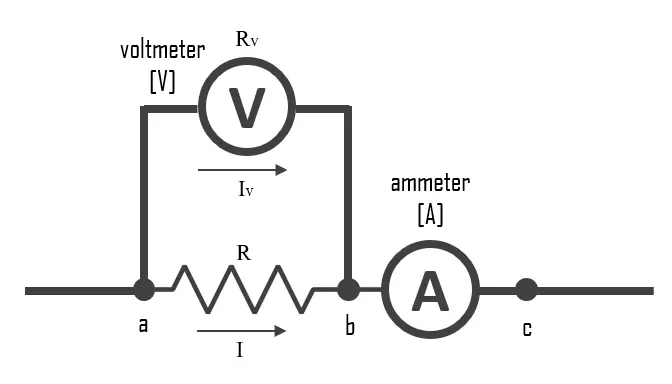Explore the 6 most common types of electrical resistors – fixed, variable, thermistors, photoresistors, SMDs, and power resistors, and their uses.
Understanding the Most Common Types of Electrical Resistors
Electrical resistors play a crucial role in controlling the flow of electricity in a circuit. They ensure the current and voltage levels are maintained at safe and manageable levels. Let’s take a look at six of the most common types of electrical resistors.
1. Fixed Resistors
Fixed resistors are the most common type, used in almost every electrical or electronic circuit. These resistors have a fixed resistance value that can’t be changed. The two main types of fixed resistors are wirewound and carbon composition.
2. Variable Resistors
Variable resistors, also known as potentiometers or rheostats, have a resistance value that can be adjusted according to needs. They’re typically used in devices to control volume, brightness, or other adjustable parameters.
3. Thermistors
Thermistors are special types of resistors whose resistance changes with temperature. They’re widely used in temperature sensing and control systems, such as thermostats or temperature sensors in electronic devices.
4. Photoresistors (LDRs)
Photoresistors, also known as Light Dependent Resistors (LDRs), change their resistance based on the amount of light falling on them. They’re commonly used in light-detection systems, such as automatic street lighting and alarm clocks that respond to sunlight.
5. Surface Mount Resistors (SMDs)
Surface Mount Resistors (SMDs) are tiny components designed to be mounted directly onto the surface of printed circuit boards (PCBs). They’re an essential part of modern electronics due to their small size and high reliability.
6. Power Resistors
Power resistors are designed to withstand and dissipate high levels of power. They’re commonly found in power supply circuits and in appliances that handle large amounts of electrical energy, like electric heaters or amplifiers.
In conclusion, each type of resistor has a specific purpose and applications where it’s the best choice. Understanding these different resistors helps in designing and troubleshooting electrical and electronic circuits effectively.



